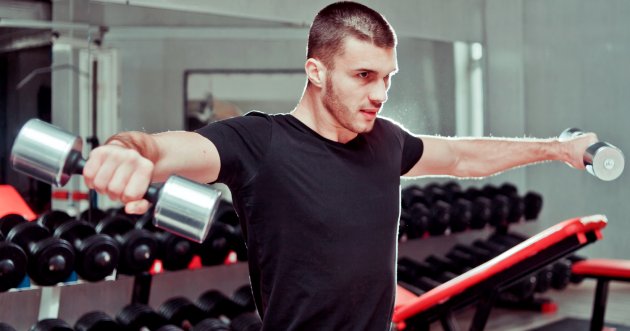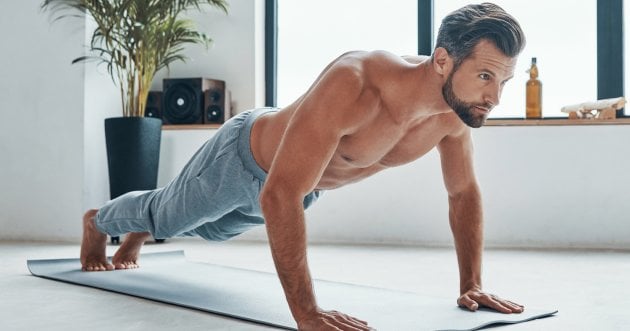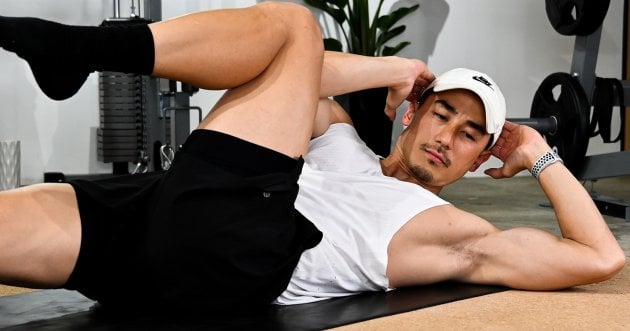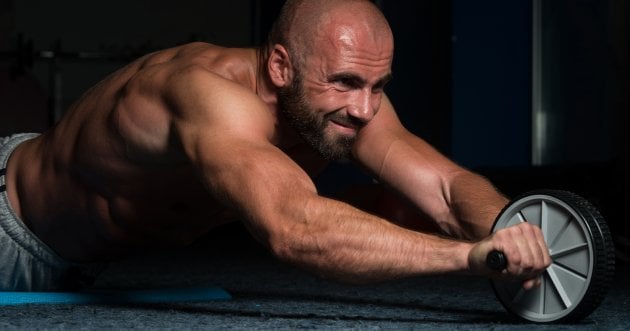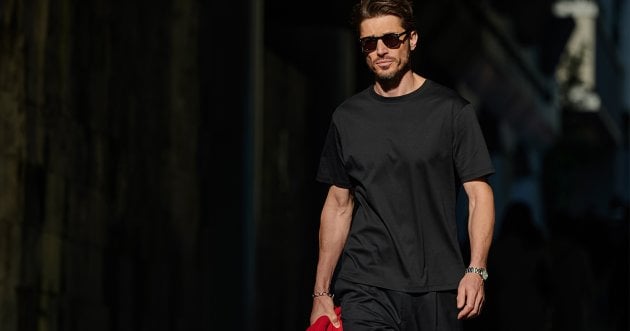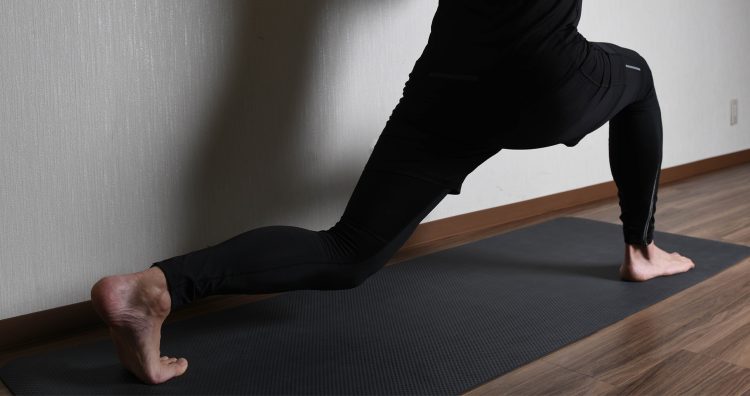
Suponsered by
Video and point-by-point explanations of the most orthodox of all Lunges, the ” Static Lunge ” with effective instructions and tips.
There are a surprisingly large number of variations of lunge events, with more than 10 different types, but the ” static lunge ” is considered the most orthodox. As the name “static” means “still,” the static lunge is performed without moving from the spot where the lunge is being performed, and it is a workout in which the body is raised and lowered only. Compared to other lunge events, the load is light and the movements are extremely simple, so it is recommended for beginners in muscle training and those who are trying the lunge for the first time. Here are some tips on how to perform the static lunge properly and increase its effectiveness, as lectured by personal trainer Mr. Oshima!
(1) Stand in an upright position with your legs spread out in front and behind you. At this point, the soles of the front feet should be firmly planted on the floor with the knees at 90 degrees, and the knees of the back feet should be on the floor just below the hips. This not only reduces the risk of injury, but also allows you to work the muscles properly.
(2) To work the lower body muscles, such as the glutes and hamstrings, it is essential to lean forward slightly from the posture in (1). Start by keeping your hands on your hips, chest out, and back straight.
(3) Hold the upper body posture, exhale, and push your body straight up. If you do it as if you are tightening your glutes, you will be more aware of the contraction of the muscles, and the effect of the muscle training will be enhanced. However, do not fully extend the knees, as this may cause pain.
(4) Return to the starting position while inhaling and repeat the series of movements. During this muscle training, the center of gravity should be placed on the calf of the front foot, which makes it easier to maintain balance. It will also make it easier to be aware of the muscles on the back of the legs, such as the glutes and hamstrings. The goal is three sets of 10 repetitions on each leg, but if it is too hard, you can do it as long as you are comfortable with it.
3 points to further increase the effectiveness of the Lunge!
If you feel that you have mastered the correct way to do the exercises and are still feeling unsatisfied, we recommend that you try the following three points. However, if you feel that your form is not good enough, the theory is to work on one point at a time.
(1) Sit back until your knees just barely touch the floor or not!
If the knees touch the floor, the muscles are at rest, so keeping the knees in a floating position will increase the load on the muscles. Also, the greater the range of motion, the greater the effect, so if possible, drop to the floor.
(2) Slow down the speed and train slowly!
Once you have mastered form perfectly, the next step is to be aware of speed. While it is possible to keep moving fast until you reach your limit, it is better to do it at a slower speed to increase the load on the muscles, as it is more like aerobic exercise. For those who want to increase the load, it is recommended to hold the position where you are almost touching the floor for 2 seconds.
(3) Add weights such as dumbbells!
If you simply want to increase the intensity, adding dumbbells or other equipment is a quick and easy way to do so. Since you can choose your own weights, it is easy to adjust the load, and you can make your muscles hypertrophied more efficiently. However, the weights can cause the shoulders to slump forward, which can lead to a loss of form. Avoid using dumbbells that are so heavy that you cannot maintain form.
3/3GO TO NEXT PAGE
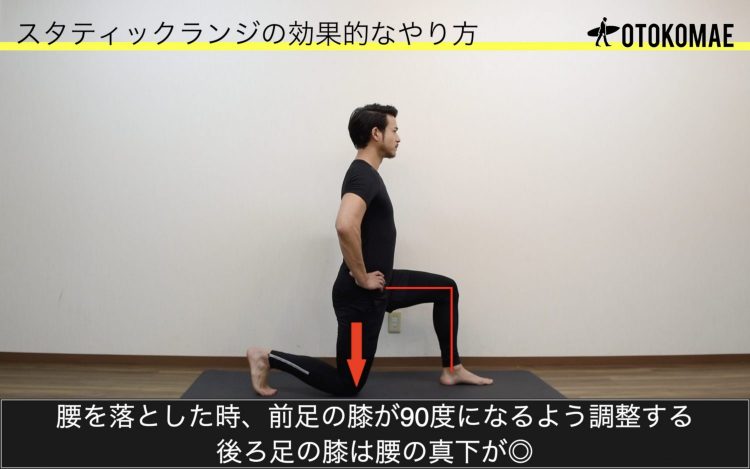
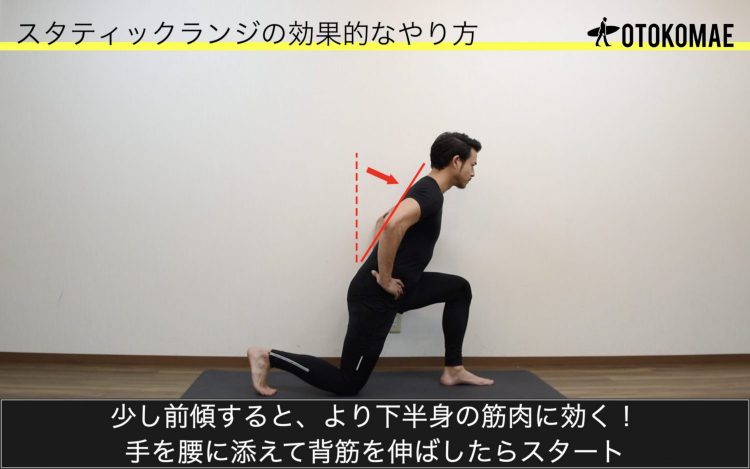
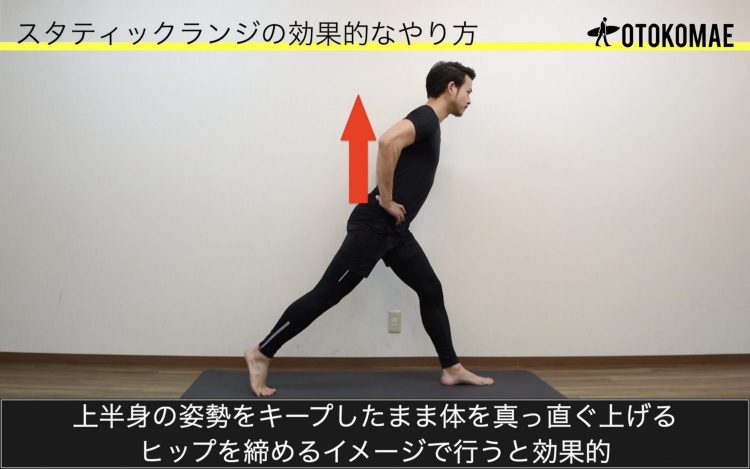
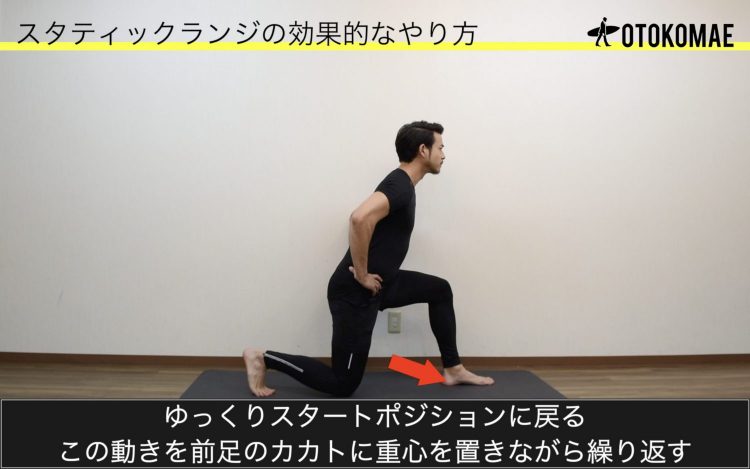
![What are the specific 5 changes that muscle training can bring to a man? [“The truth as experienced by practitioners.”]](https://otokomaeken.com/wp-content/uploads/2023/12/3ecb709c1f1613850249ba743b4b1457-630x331.jpg)

